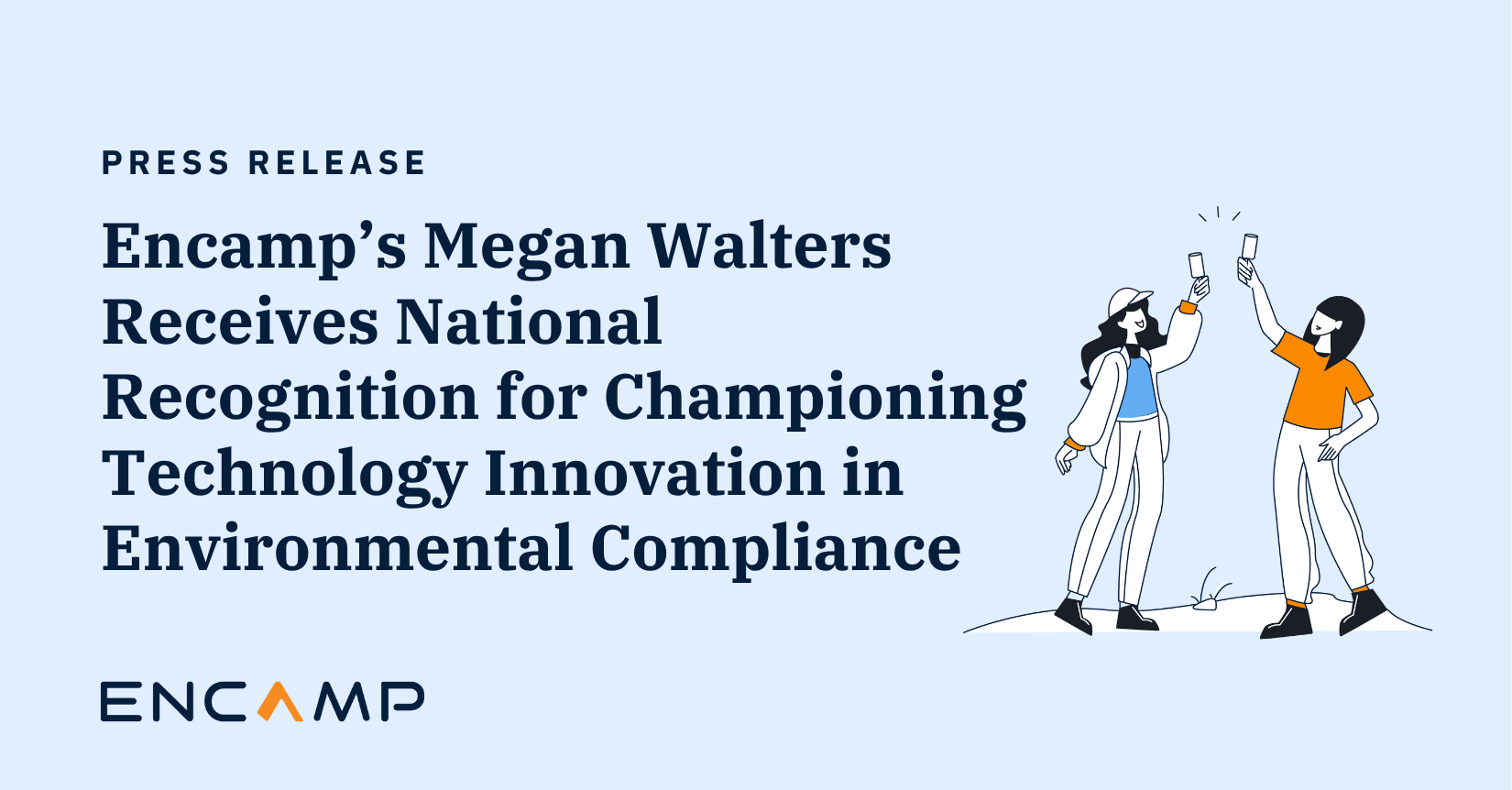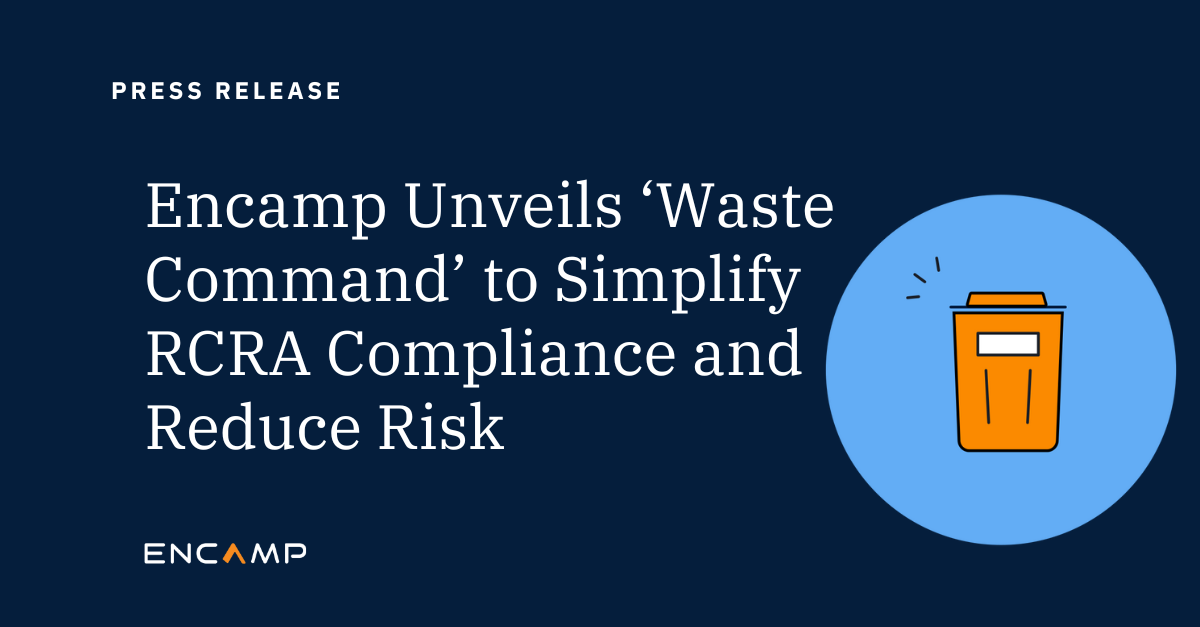By now, more than a few readers have likely heard colleagues or management use the term “ESG” (Environmental, Social, [Corporate] Governance) to describe a new program, business driver, or company objective. Some of you might be puzzled by this acronym or maybe you’re trying to figure out how it affects you at all.
The Corporate Governance Institute frames Environmental, Social, Governance criteria as “a set of standards for how a company operates regarding the planet and its people.” Today, socially conscious investors now use ESG criteria to screen companies to ensure environmental performance is in line with their values and objectives.
While ESG may seem to have come out of nowhere, it first took shape decades ago.
A brief history of ESG… and I mean brief
Like many things in business, ESG has become a bit of a buzzword, but it’s not a new concept. In fact, the concept of investing for social or environmental good dates back to the 1950s when trade unions invested in various activities designed to foster healthy and vibrant communities. Towards the turn of the century, the term triple bottom line was coined by John Elkington, founder of SustainAbility (acquired by ERM in 2019), in 1998.
Through the early 2000s, more and more research demonstrated that ESG performance was complementary to a firm’s bottom line. In many cases, performance was a predictor of a firm’s financial performance. A retrospective study by Gunnar Friede et al. in 2015 reviewed more than 2,000 empirical studies, and found that about 90% of them showed a non-negative correlation between ESG and corporate financial performance; the majority of studies demonstrated a positive finding.
In 2006, The United Nations developed the Principles for Responsible Investment (PRI), which established a voluntary framework for investment firms to sign on to. Signatories agree to use ESG performance metrics and criteria as part of their financial evaluation of a company. According to PRI, there are currently nearly 4,000 signatories with over $120 trillion in assets under management (AUM).
Today, ESG encompasses both investors and corporate management. This is relationship is encapsulated perfectly encapsulated by G&A Institute’s definition for ESG:
ESG is an approach being taken by investors and corporate management that considers material environmental, social and governance issues in the governance, strategies, policies, programs and disclosure of the company.
So why has the buzz around ESG gotten louder?
The simple answer is that investors are getting louder. Publicly traded companies are required under SEC Rule 14a-8 to put most shareholder measures up for a vote during the annual proxy meeting. Any investor who owns at least $2,000 worth of shares or 1% of securities for one year can submit a shareholder proposal to be included in the annual proxy vote. This has led to a wave of ESG-focused proxy votes over the last five years according to a report in the Harvard Law School Forum for Corporate Governance. Shareholder measures have focused on a myriad of topics, including asking executive management to disclose details on climate change, water scarcity, human rights, indigenous rights, political spending, and anti-corruption practices, to name just a few recent areas of focus.
These proxy measures are driving the C-suite and corporate boards to pivot away from business as usual, and identify and implement programs and processes to improve operational excellence, risk management, corporate governance, and sustainability. All of these efforts have a cost. But as Gunnar et al. showed in their research, such efforts more often than not positively impact the bottom line when implemented correctly. A recent panel discussion hosted by EY America highlighted a number of areas that corporate leaders — especially boards of directors — need to be cognizant of in order to fulfill their fiduciary responsibility to shareholders.
Leader or laggard?
For most companies, access to capital markets is critical for success. Angry shareholders and poor stock performance can impact access to these markets or result in a company paying more to borrow less — which is the opposite of the virtuous cycle. Institutional investors are realizing that the need for systemic change in how companies are evaluated is both needed and desired by their clients. Whether hedge funds, private equity firms or traditional investment firms, the demand for ESG focused products and services is growing, as is the amount of assets under management.
As noted by Alicia McIlhaney in her recent article in Institutional Investor, asset managers across the globe are finally starting to take ESG seriously. According to a recent article from CNBC, ESG funds doubled in value in 2020 — the height of the COVID-19 pandemic, while an article from Finerva demonstrated that ESG leaders outperformed the markets and laggards during the COVID-19 selloff in early 2020. Bloomberg also noted that ESG funds may represent $53T in AUM by 2025 — which would be more than one-third of all assets under management.
These are data points that CEOs and CFOs can’t just ignore. This is why it is critical that the C-suite and board of directors look for opportunities to address their company’s most pressing ESG issues, or risk getting left behind as shareholder and consumer attitudes and expectations evolve beyond dollars and cents.
Environmental Compliance, from cost of doing business to how business gets done
It’s no secret that environmental compliance has oftentimes been viewed as the stuff companies can’t do rather than a business driver. It is strategically impossible to drive operational excellence, mitigate risks, and address critical ESG concerns without strong environmental compliance programs.
The growth of ESG, SRI, and sustainability initiatives are providing environmental teams an opportunity to flip the narrative and help companies develop comprehensive business strategies that drive real results while minimizing environmental risks and impacts.
I recall working for one of the largest renewable energy companies, and reminding colleagues that billions of dollars of capital deployed by the company to build new wind and solar sites couldn’t have happened without the Environmental Department securing approvals from state and federal environmental agencies — as well as ensuring that compliance was maintained during construction through the operating life of the facilities.
With that anecdote in mind, think about all of the compliance and risk management objectives you and your colleagues are tasked with on a daily, weekly, monthly, and annual basis. Are you overwhelmed by the scope of breadth? Whether you’re managing stakeholder relationships, helping the company expand its operations, handling agency reporting, or ensuring Operations is meeting their environmental compliance obligations facility by facility, Environmental teams are critical to success across a wide-array of companies spanning various industry sectors.
Is your business creating value?
I’ll close with five open ended questions based on an article from McKinsey & Company, “Five ways that ESG creates value”.
- How are environmental teams adding to top-line growth?
- Is your team or department able to find cost reductions without adding new risks?
- How are environmental teams helping to reduce or eliminate regulatory and legal risks?
- What measures are being put in place to empower employers and increase productivity?
- How are environmental teams assisting executives with investment asset optimization?
We’ll discuss more aspects of ESG in future posts. Stay tuned.
Transforming the way enterprises stay in compliance
Encamp is on a mission to create a world where good for business can equal good for the environment. We help enterprises transform compliance programs and human processes into a technology-driven system that lays the foundation for accurate and ongoing environmental compliance through a blended method of intelligent high-tech solutions and high-touch expert support.
Tom Bailey
Tom is the Senior Content Writer at Encamp. And like all other Encampers, he’s in tune with the environment and what happens to it. He’s been writing about creative technology solutions for longer than he cares to admit.



